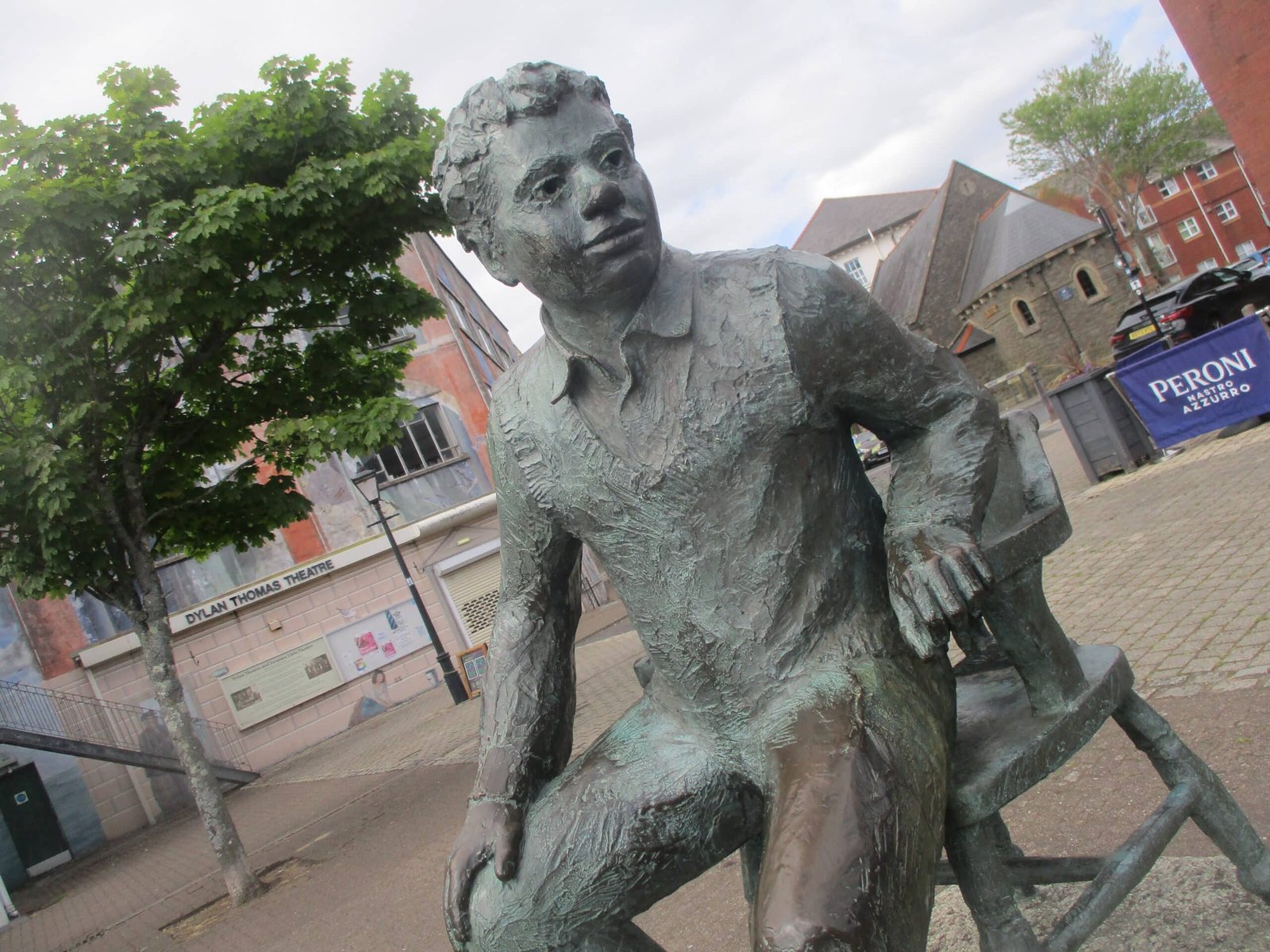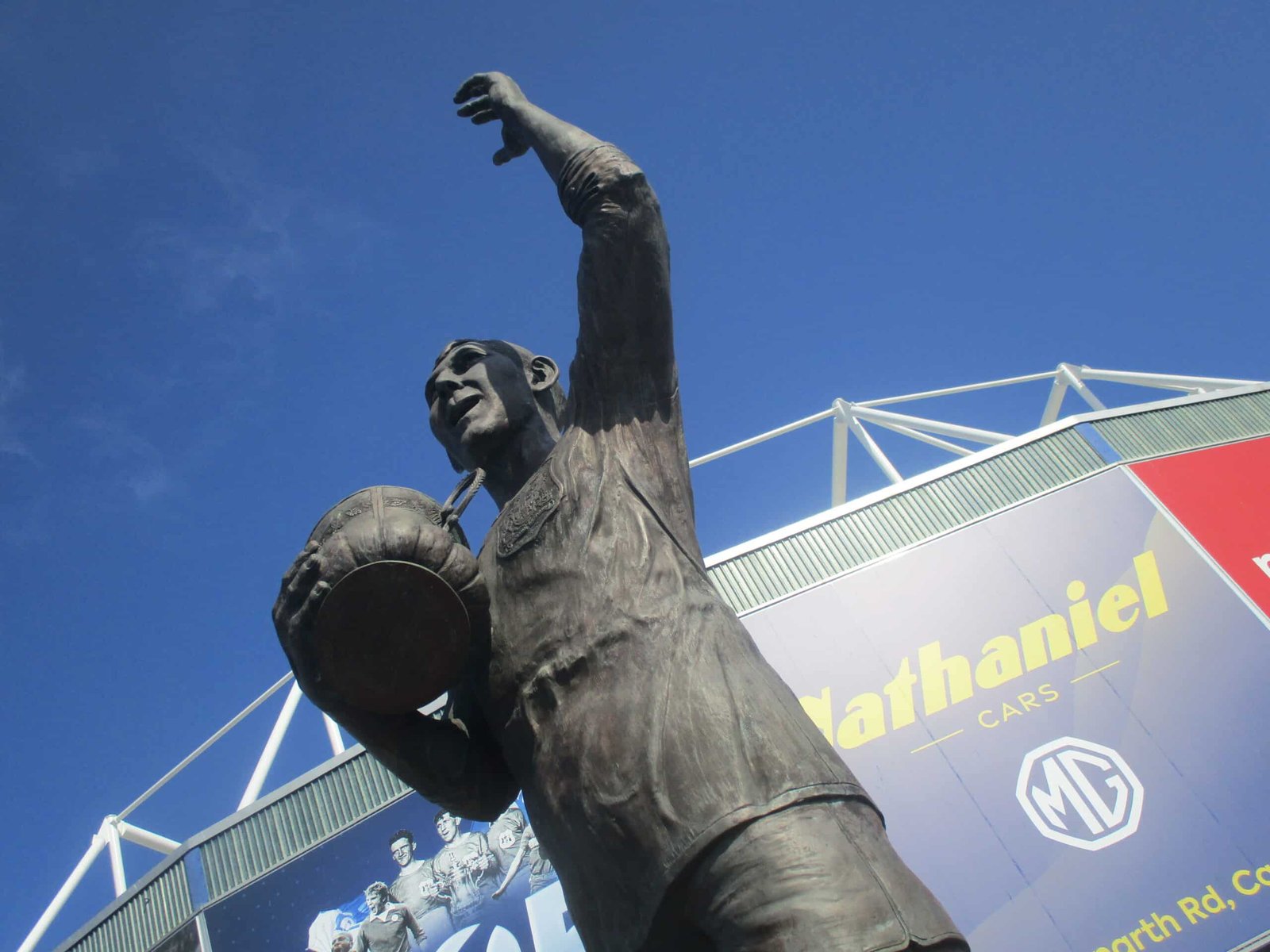A fan’s guide – the club from early doors to today
Recently making the news for the celebrity co-owners it has taken on board, Swansea City have been struggling to regain Premier League status in 2018. Whether Croatian legend Luka Modrić and rapper Snoop Dogg can change this remains to be seen.
A string of managers have failed to match the achievements of former England youth coach Steve Cooper, who led the club to two consecutive, if unsuccessful, play-offs for a top-tier return in 2020 and 2021.
Yet all this, the League Cup win of 2013, subsequent European competition and Swansea.com Stadium, would have been unthinkable in the early 2000s, when the club nearly went out of business – and out of the league.
Swansea have shown extremes of form before. The last and only other time they reached for the top, crashing and burning between 1981 and 1983, it was after a run from the Fourth to the First Division in four years. When Swansea fell, it was straight back down to the bottom.
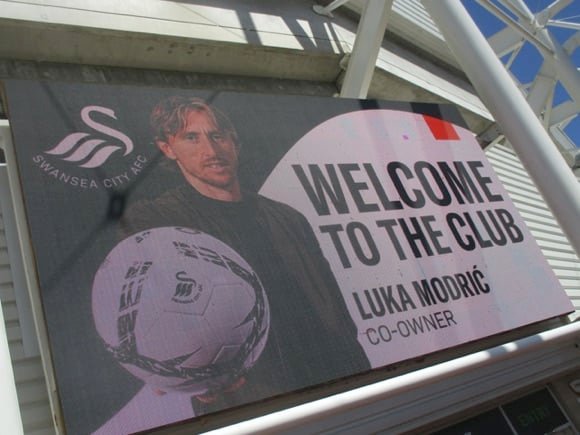
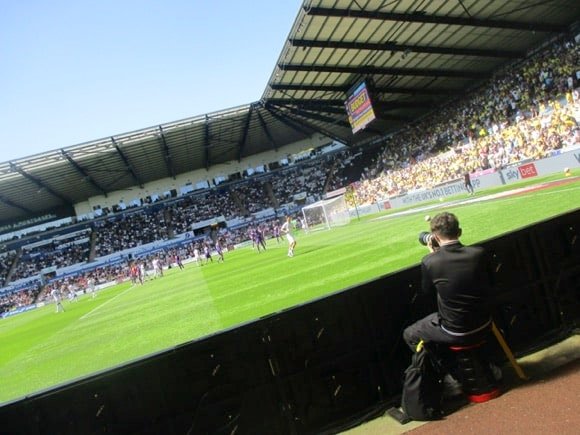
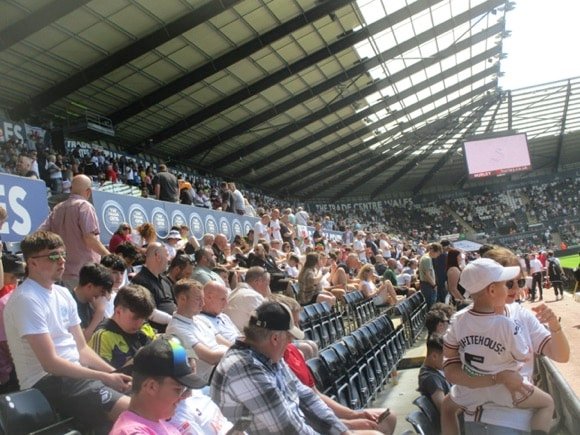
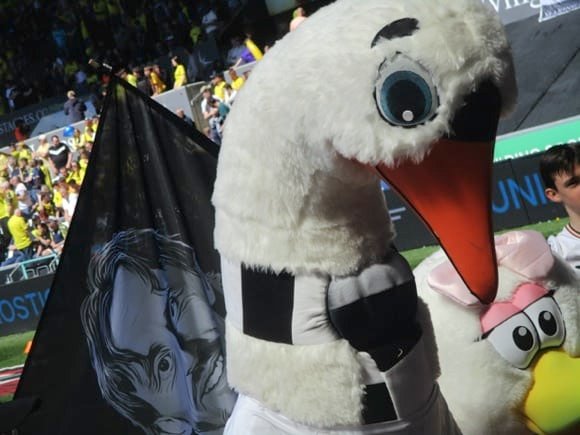
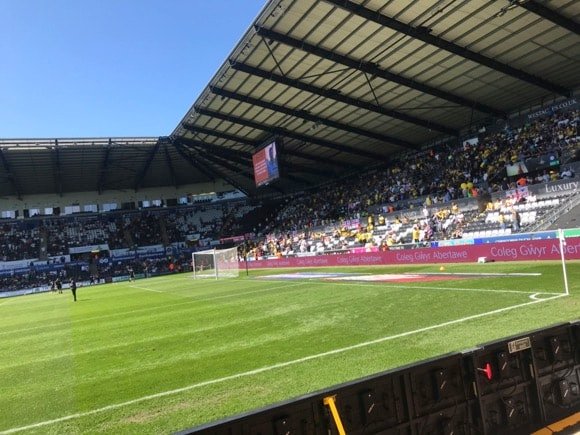

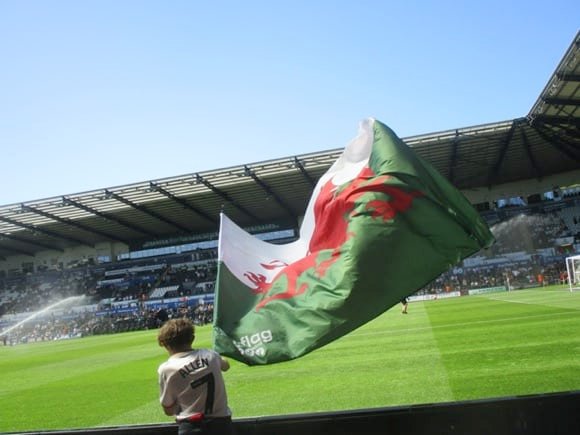
Initially, the club, founded in 1912 and installed at the Vetch Field, were cup specialists. In 1926 Swansea beat Arsenal at the quarter-final stage, only to fall to Bolton in the semi. A year later, Reading prevented Swansea from reaching the semi, where eventual winners Cardiff lay in wait.
In the league, Swansea spent most of the pre-war and immediate post-war period in the Second Division. With a team featuring the famous brothers Allchurch brothers, Ivor and Len, Swansea pressed for promotion, without success. After they left, the Swans dipped into the Third, then the Fourth. They were even forced to apply for re-election in 1975.
Three years later, John Toshack arrived as player-manager. Only 28, he steered Swansea from Fourth to Second in consecutive seasons. Mercurial winger, locally born Leighton James, played a big part of this rapid rise.
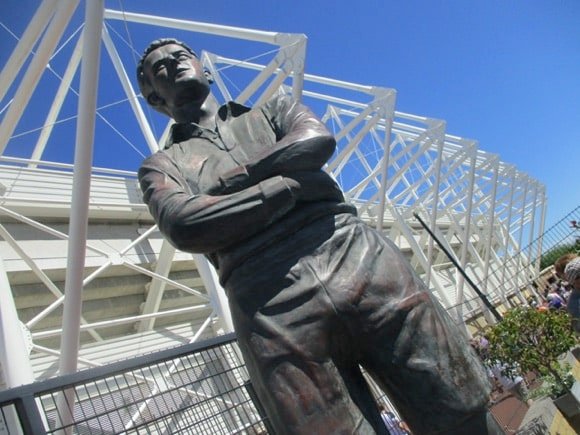
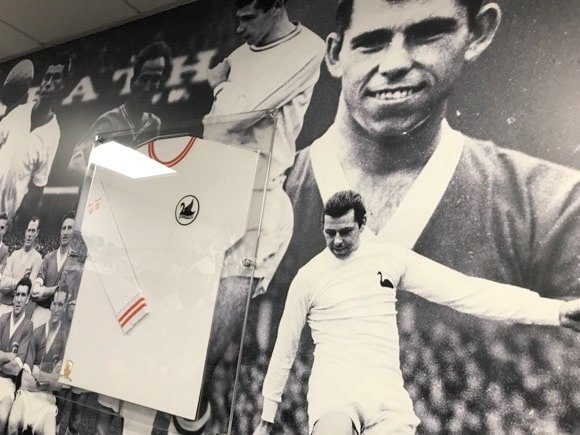
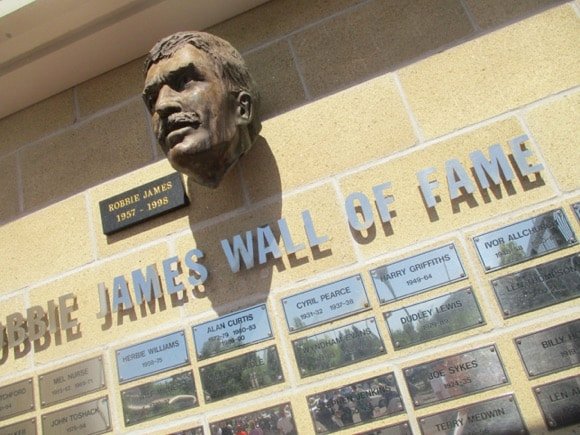
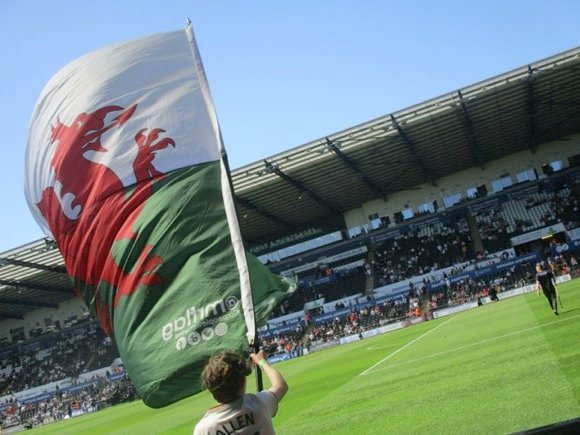
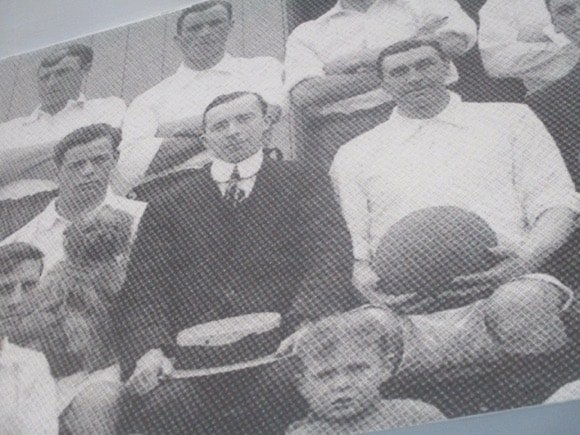
Making the top flight for the first time in 1981, Swansea flew out of the blocks with a 5-1 win over Leeds. Topping the league at various points that autumn, Swansea eventually settled for sixth place.
Off the pace the following season, Swansea finished one from bottom and wouldn’t return for nearly 30 years.
In between, Swansea avoided going out of business in 1985 and 2001, when a supporters’ trust was formed to help save the club.
Within one match of dropping out of the league in 2003, under manager Bryan Flynn and captain Roberto Martínez, Swansea beat Hull to reach salvation. Two years later, under Kenny Jackett, they gained promotion in chaotic farewell scenes at the Vetch Field.
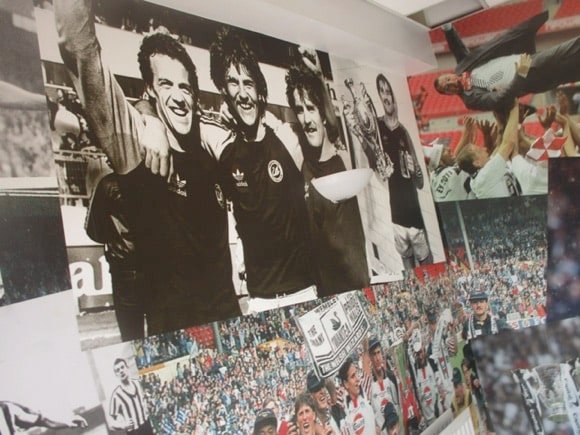

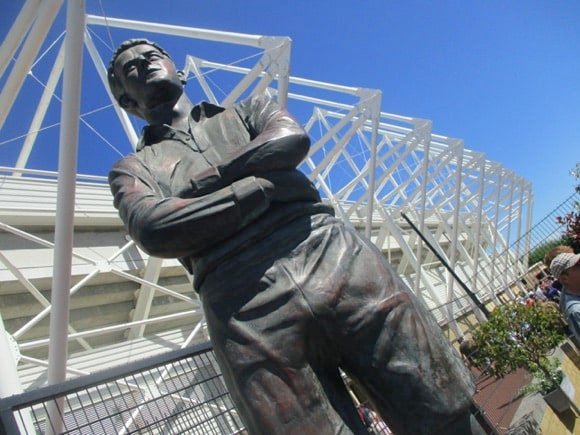
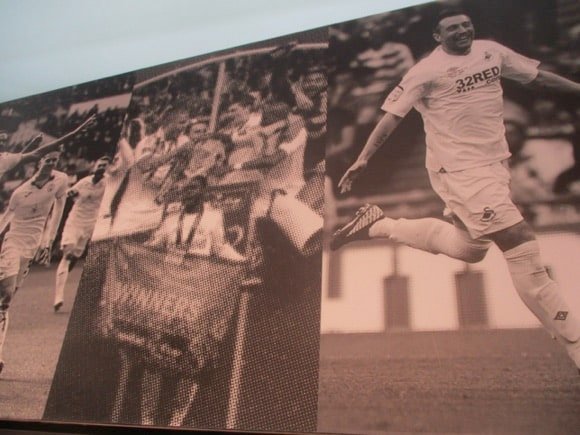
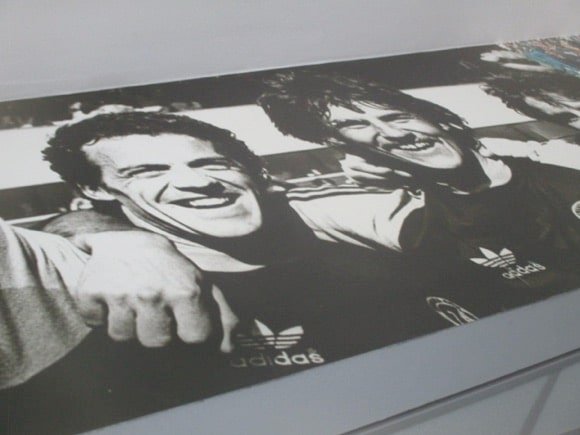
In their first season at the new-build Liberty Stadium, Swansea made the play-offs, losing on penalties at the Millennium Stadium in Cardiff. Real change came with the return of Martínez as manager in 2007.
With a goal every other game from Jason Scotland, Swansea topped the third-flight League One in 2008. Narrowly missing a play-off place for the Premier League, Martínez left for Wigan, Brendan Rodgers successfully adapting his playing style a season later.
Thanks to a play-off win over Reading in 2011, Rodgers’ Swansea made the Premier League for the first time. After a creditable first campaign, Rodgers was poached by Liverpool.
His replacement was former Real and Barça star Michael Laudrup, who had worked miracles at Getafe. Picking up his former charge Jonathan de Guzmán and little-known Michu from Spain, Laudrup’s inventive Swansea beat Chelsea 2-0 away to reach the League Cup final.
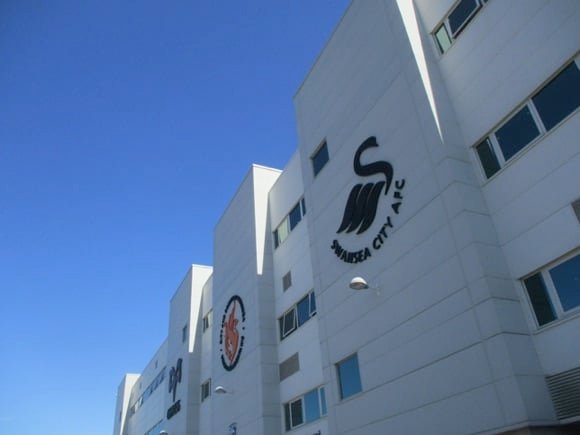
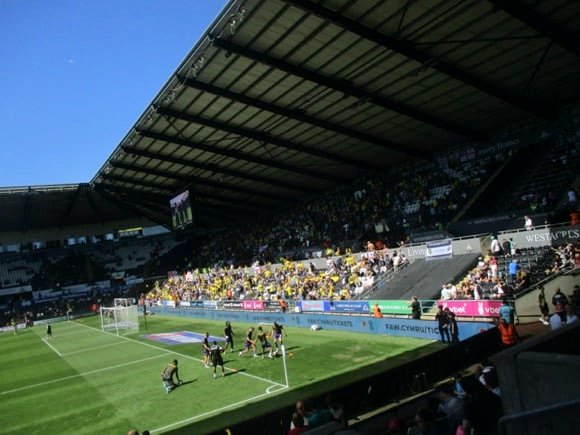

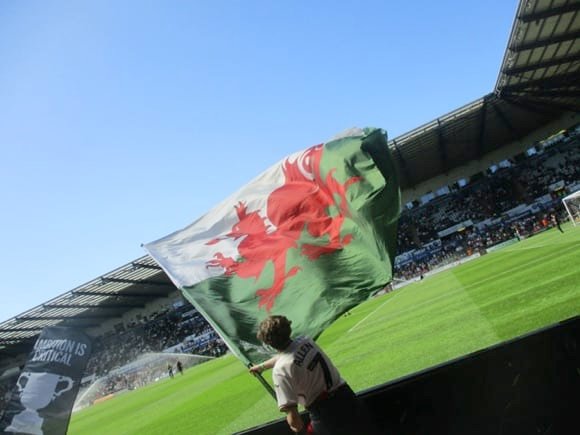
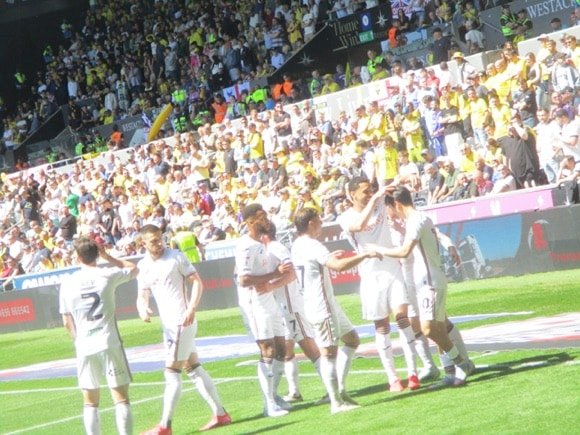
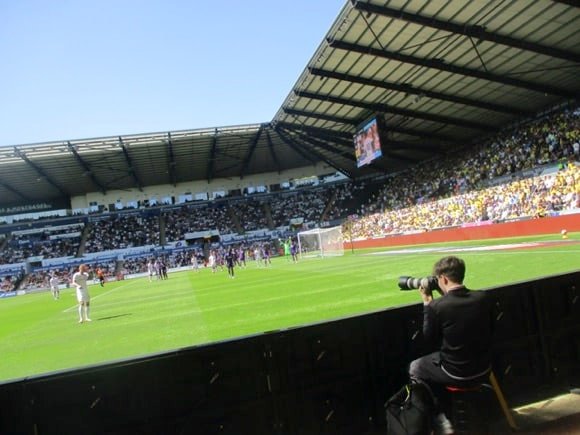
De Guzmán grabbed two, Michu one, as Swansea won their first major honour in a 5-0 win over Bradford City. As well as the League Cup, the Swans showed good league form to finish ninth.
Making the group stage of the Europa League in 2013-14, Swansea beat Valencia 3-0 away, Michu, de Guzmán and new boy Wilfried Bony scoring the goals. Domestic form began to wobble and Laudrup was replaced by former team captain Garry Monk. Bony kept on scoring and Swansea had enough guile to avoid the drop. Monk then steered the Swans to a commendable eighth place in 2014-15, just missing out on Europe.
After mediocre campaigns in 2015-16 and 2016-17, DC United owner Jason Levien arrived from America to buy a controlling interest in the club. Though the Swansea Supporters’ Trust retained a 21% stake, absentee ownership led to poor judgement in player and manager acquisition.
Consistently struggling in the lower reaches of the Premier, Swansea succumbed to the inevitable following a miserable home defeat to already relegated Stoke in May 2018.

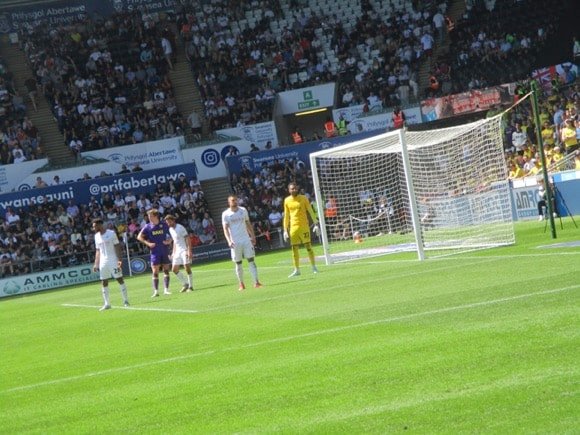
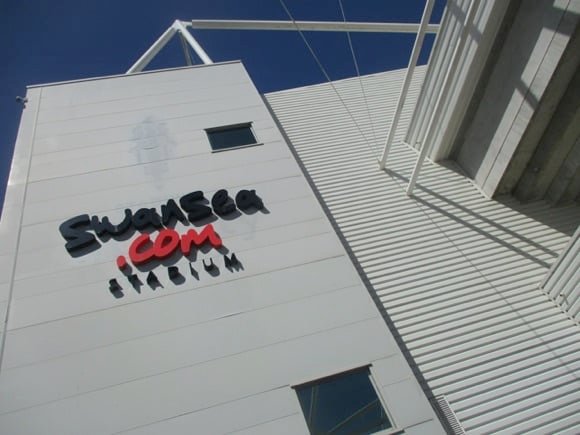

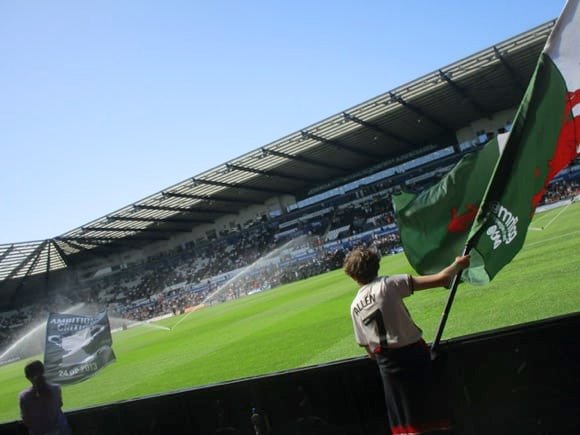
Although the Swans had moneyed Manchester City on the ropes in an FA Cup quarter-final, succumbing to a 3-2 defeat after being 2-0 up, it wasn’t until Steve Cooper arrived in 2019 that they put in a serious challenge to return to the top.
For two years running, seasoned Ghanian international André Ayew provided the goals to lift Swansea into the play-offs, and for two years running, Brentford proved too strong.
With defeat at Wembley in May 2021, both Cooper and Ayew left South Wales, leaving Swansea with little in the tank for the 2021-22 campaign.
Ownership changes, Luka Modrić and Snoop Dogg aside, the most promising aspect of 2024-25 was the development of former assistant coach Alan Sheehan into a manager of note.
Still in his thirties, aided by a returning Joe Allen in his swansong season for the Swans, the former Irish U-21 international Sheehan oversaw a rare winning run in the spring of 2025 to push Swansea into the top half of the Championship table.
Ground Guide
The field of dreams – and the story behind it
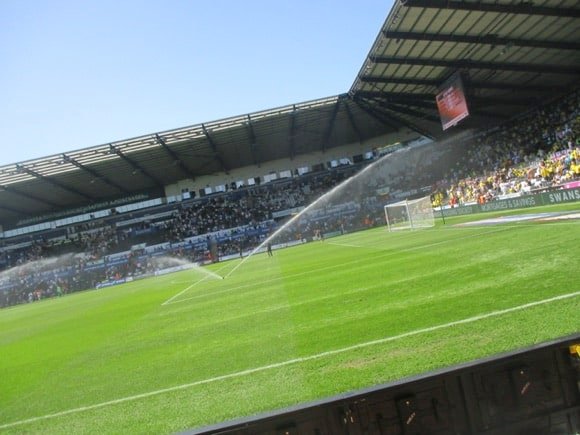
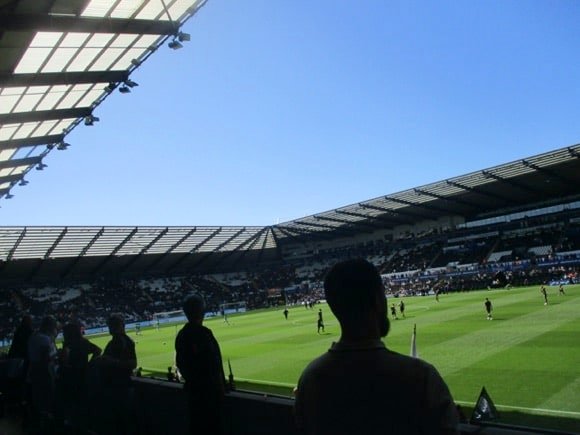
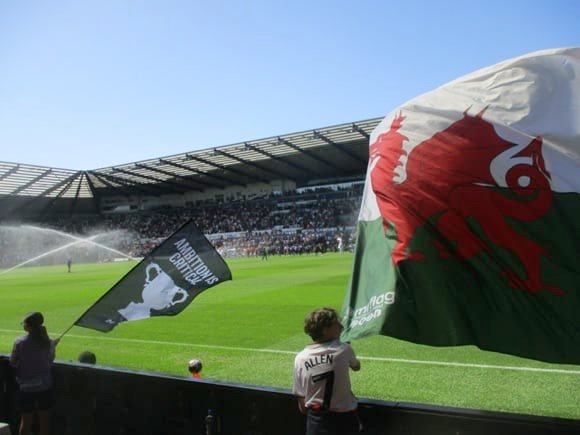


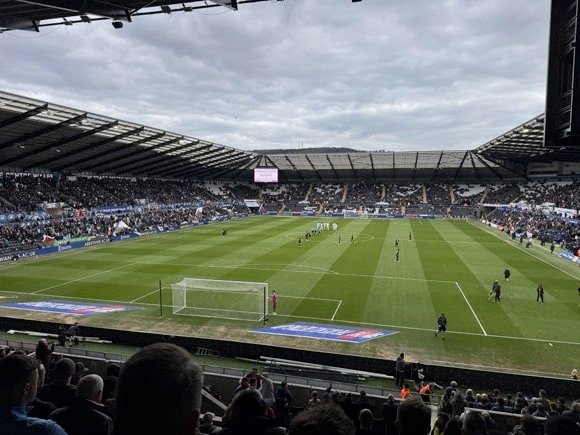
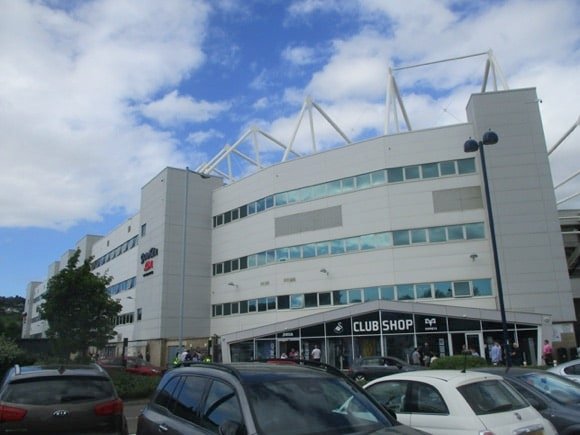
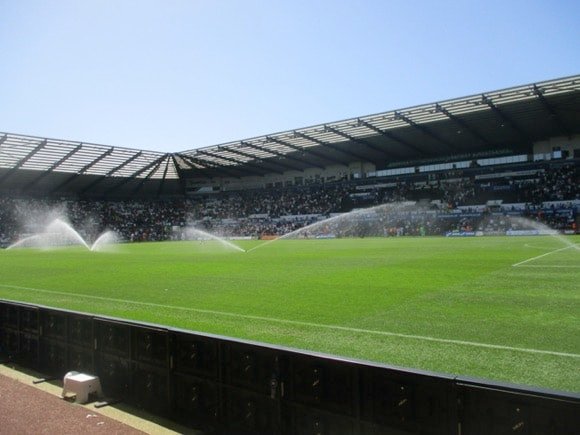
Its bright white exterior standing out against the drab outskirts of Landore, north of Swansea near the River Tawe, the Swansea.com Stadium was opened in 2005 as the home ground of Swansea City and local rugby club the Ospreys.
For the best part of a century, Swansea fans had squeezed into the Vetch Field, a former vegetable patch just in from the seafront. Here they witnessed great cup runs of the 1920s and league-topping side of 1981-82. The ground was ransacked, almost literally, after the last match in 2005.
As is the way with these things, after such a definitive farewell, nothing much happened to the site after that – though it has been used to cultivate vegetables again.
With a capacity of just under 21,000, the originally named Liberty Stadium initially hosted third-tier football, Swansea having been promoted from League Two shortly before. Crowds soon doubled to around 18,000, although the Ospreys were the first to fill the place, in 2006. A modest expansion has since pushed capacity to just over 21,000.
Just as the Vetch Field staged several internationals in its day, so the Liberty become the de facto second home ground for Wales after the Cardiff City Stadium, although internationals here are now few and far between.
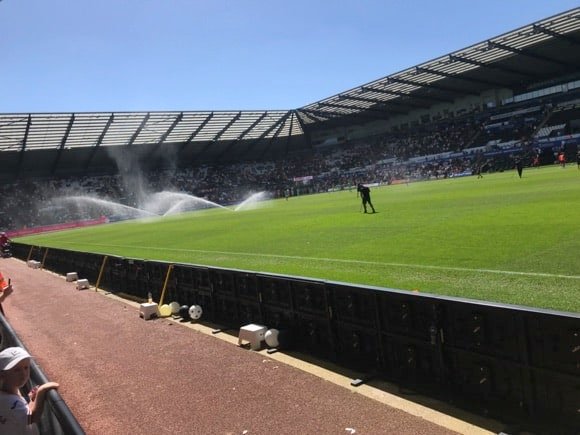
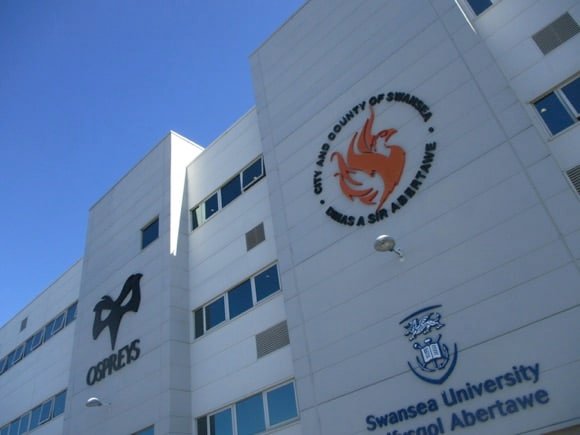
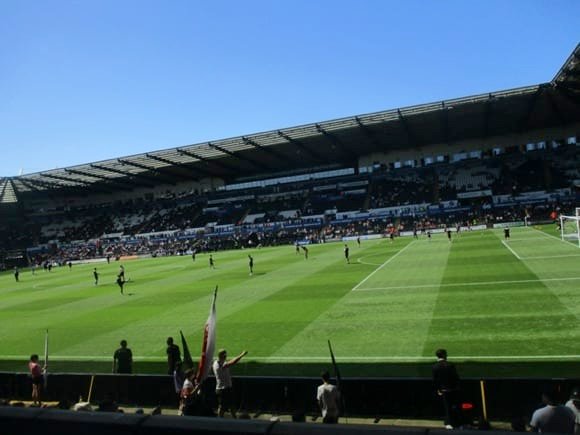
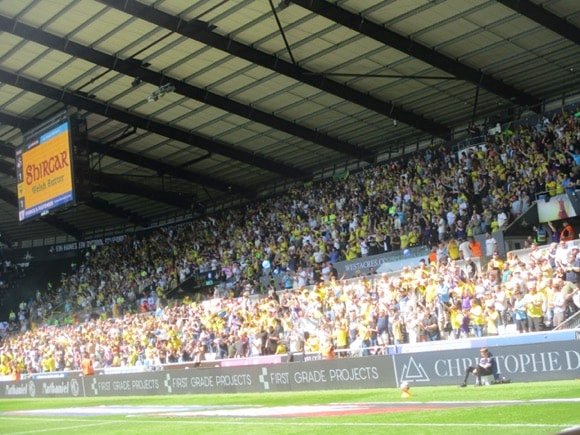
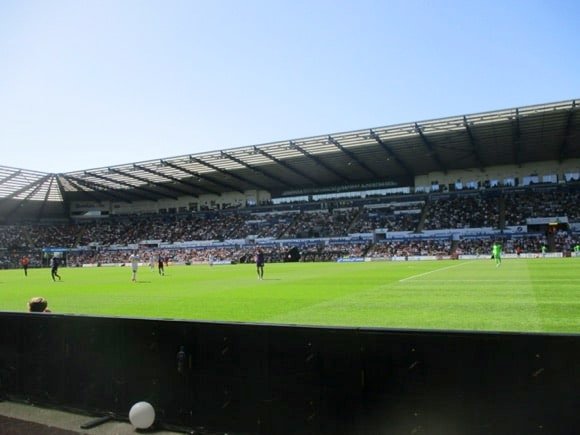
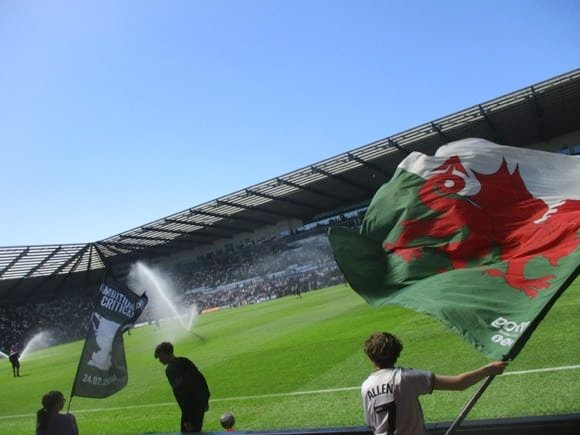
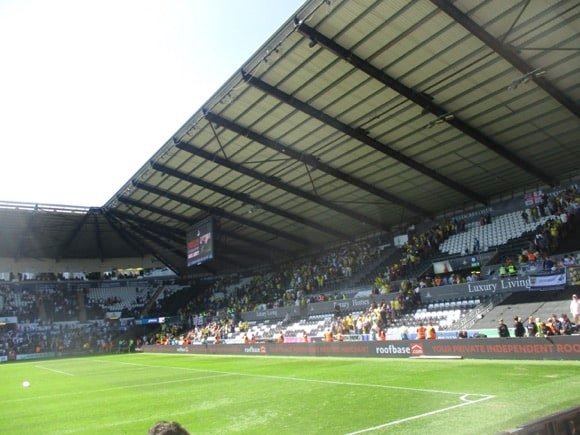
Among several friendlies, a competitive fixture stands out, the visit of Croatia in 2013, bringing later Swansea co-owner Luka Modrić and his former Tottenham team-mate Gareth Bale together on opposing sides. Wales were undone by two late goals after a Bale penalty had put the hosts ahead.
Owned and run by the football club since 2018, the renamed Swansea.com Stadium staged friendlies with the USA and Canada in 2020 and 2025. The departure of the Ospreys in 2025 may give City more of a free hand to expand the ground further.
Filled to capacity during Swansea’s Premier League years 2011-18, the ground has averaged gates of around 16,000 in the Championship.
The stadium comprises four stands. The South Stand is the home end, by Brunel Way, with a more raucous support along the sideline East Stand nearest the river. The ticket office and store are at the corner of the main West Stand. The North Stand accommodates visiting fans, either allocated the closest half to the West Stand or the whole end.
getting here
Going to the ground – tips and timings
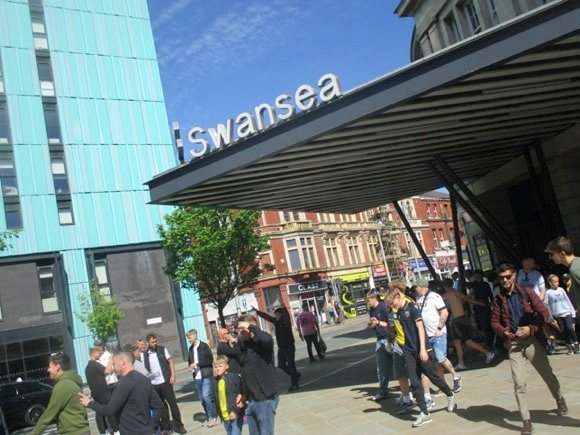
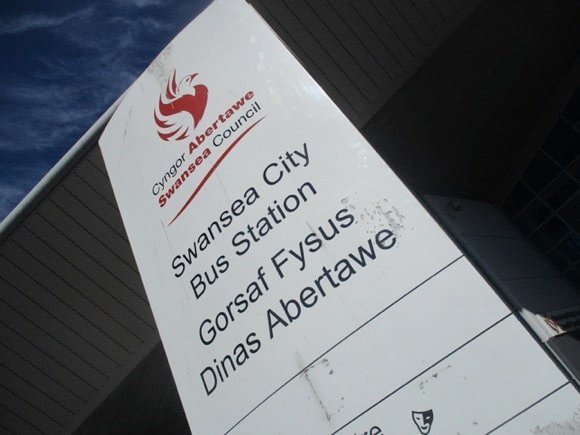
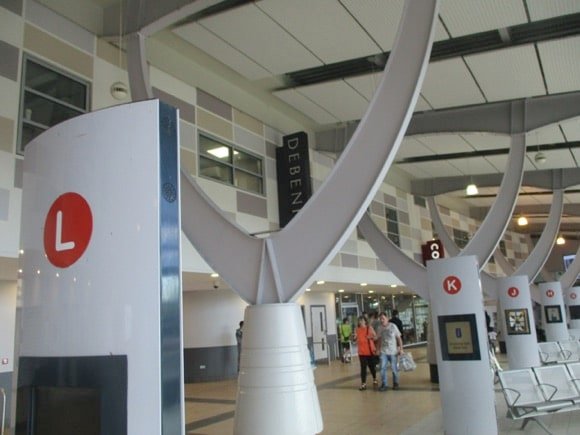
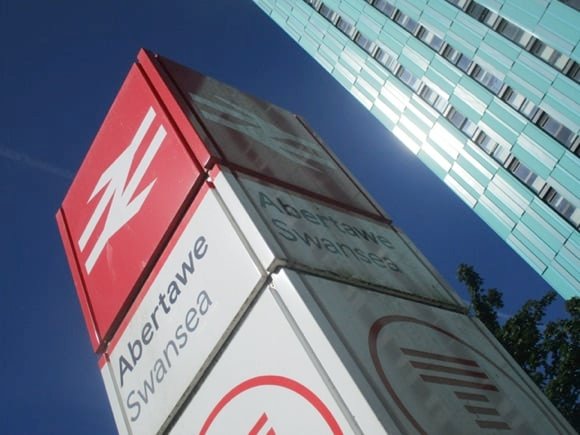

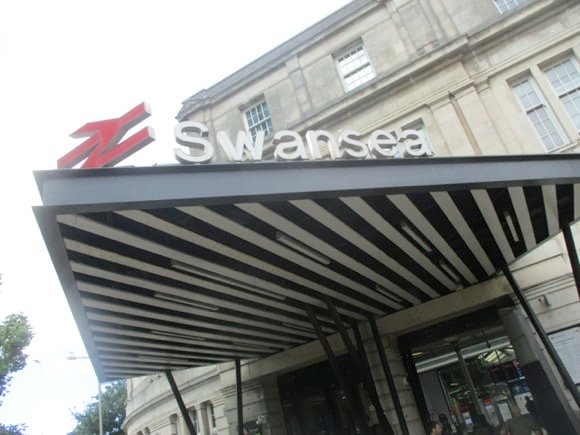
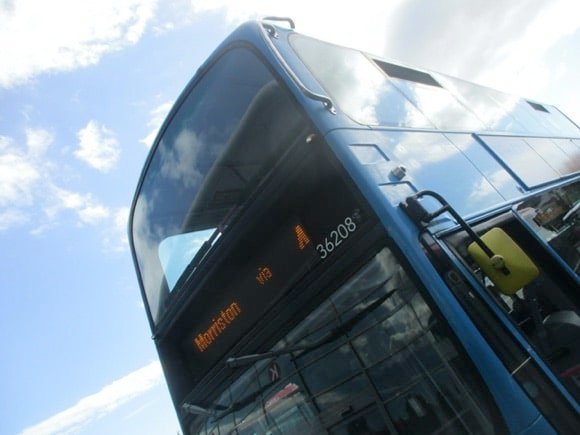

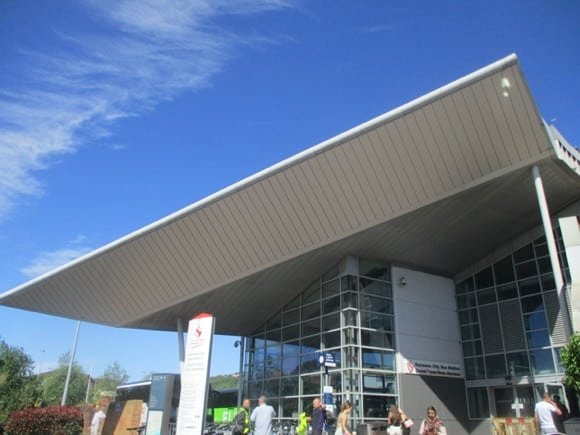
The stadium is just over two miles immediately north of the train station, on the same side of the river, about a 30min walk away.
Four services run from Swansea bus station to Stadium (15min journey time), all via the train station halfway up. Those arriving by rail should turn immediately right onto the High Street, then cross the road to the stop by the Nisa Local grocery store. Route 4 leaves from Bay L at the bus station (every 15mins Mon-Sat), and the 4A every 30mins Sun. The X6 goes from Bay P every 15mins Mon-Sat, every 2hrs Sun, and the 34 from Bay E every 15mins (Mon-Sat, not Sun) to Landore P&W, and every 30mins to Liberty Stadium 2mins further up right by the ground. All these services run until early evening – buses are infrequent after around 7.30pm. A single ticket is £2.80, return £4.90.
A taxi from the train station should cost around £7, the bus station £15.
The sat nav code for the Swansea.com Stadium is SA1 2FA. The club operates a Park & Ride and a Park & Walk site, each at £10/car and opening 2hrs before kick-off. Buses run from the old Felindre steelworks (SA5 7PE), off junction 46 of the M4 motorway, with separate services for away fans. As waiting times for the bus can be frustratingly long after the match, the Landore P&W (SA1 2JT) close to the ground may be a better option. It may also be worth trying the Landore Social Club (SA1 2LE), tucked down a side road off Neath Road, which charges £4 for parking on match days and 50p to use the friendly bar with TV sport.
getting in
Buying tickets – when, where, how and how much
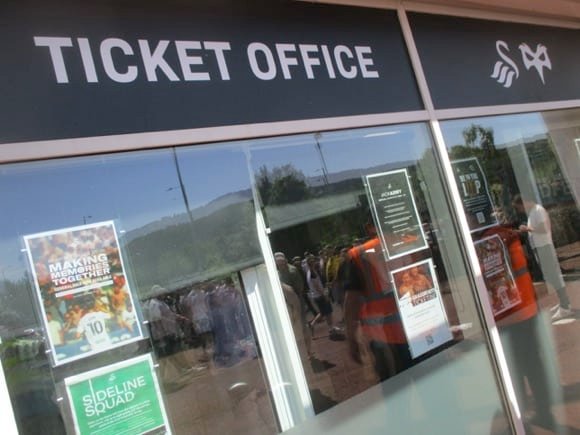
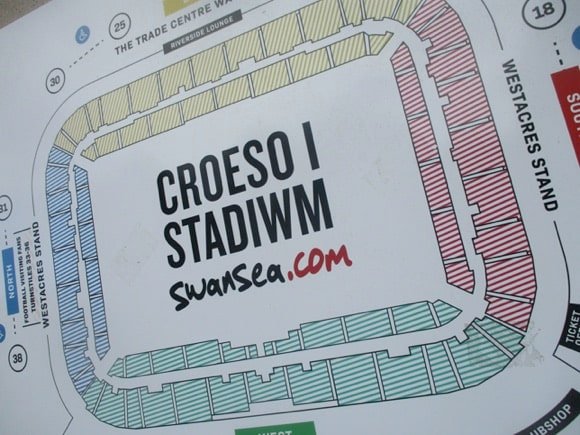
Tickets go on general sale up to four weeks before each game. Swansea were one of the first clubs to offer In-App ticketing for individual matches as well as season tickets, available from the App Store and Google Play. Note that there there are no charging points at the stadium, so make sure your phone has enough power.
Currently, the ticket office is not in operation. For all enquiries, email ticketing@swanseacity.com.
Admission is £28-£30 in most areas of the ground, £18 for over-60s and students, £13 for under-16s. Hospitality packages are also available, accessible with a modest upgrade for ticket-holders for cup and friendly fixtures.
what to buy
Shirts, kits, merchandise and gifts
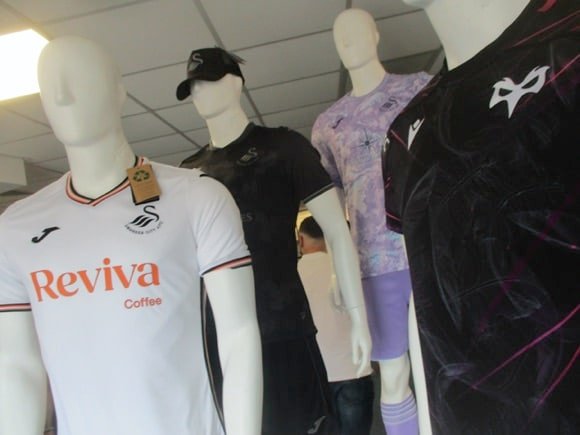

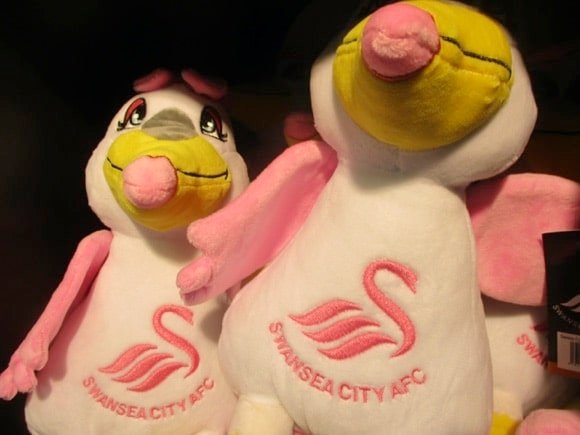
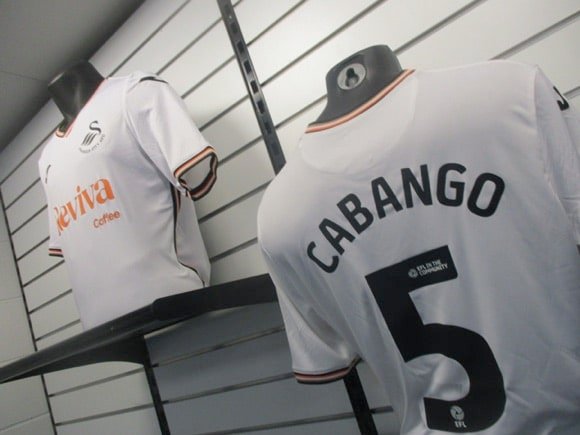

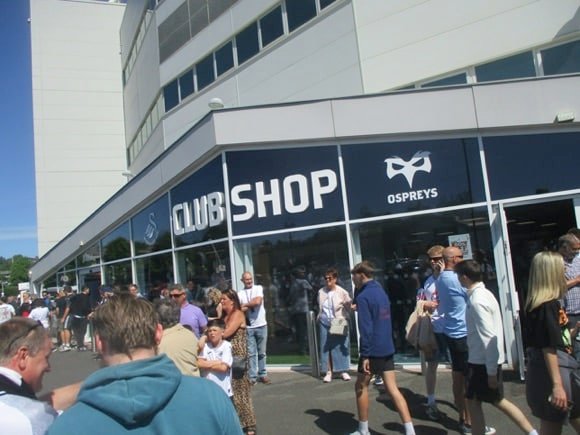
Classic white replica tops, black away shirts and third-choice retro white with an orange band are all available at the Swansea City shop (Mon-Fri 10am-5pm, Sat 10am-2pm, midweek match day 10am-kick-off, match-day Sat 10am-5.30pm) near the ticket office at the corner of the South and West Stands.
Other souvenirs include dog coats, dart flights, pin badges and kids’ tattoos, all bearing the swan of Swansea City.
Where to Drink
Pre-match beers for fans and casual visitors
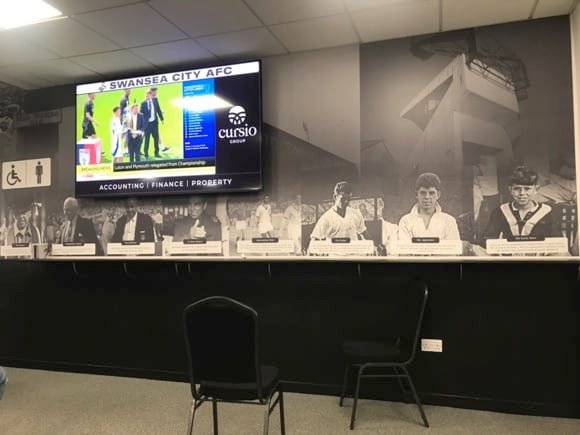
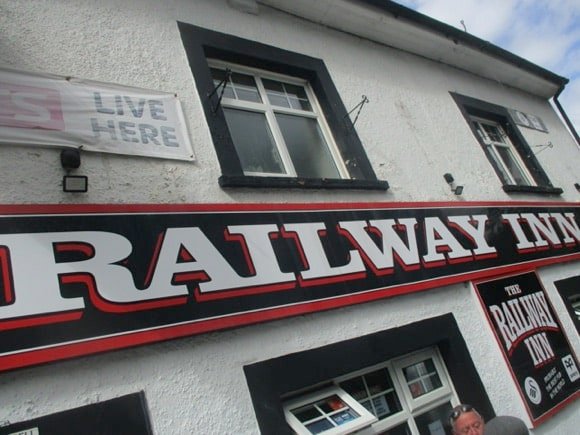
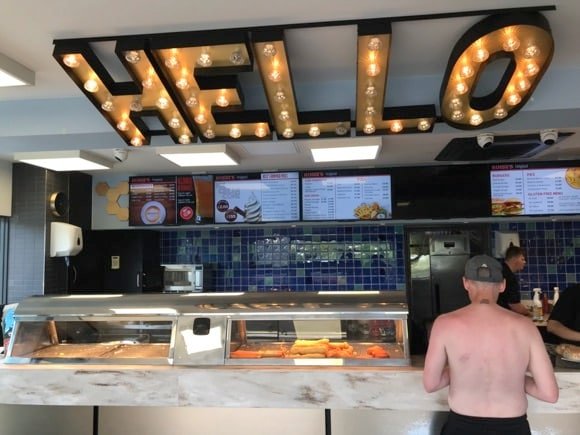
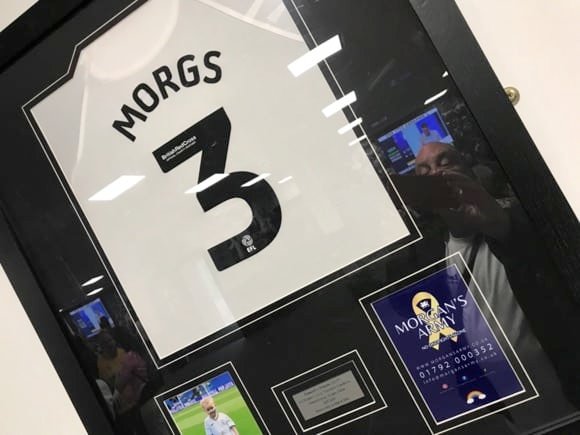
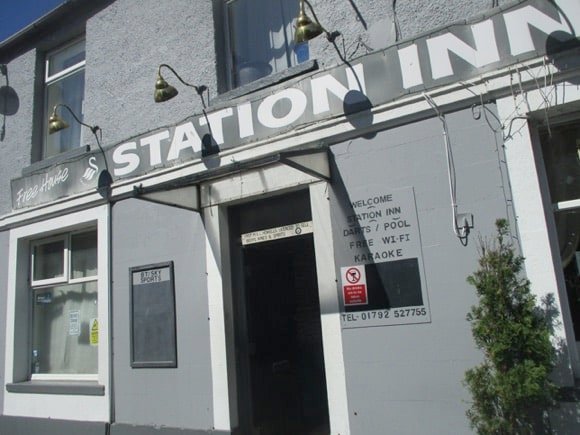
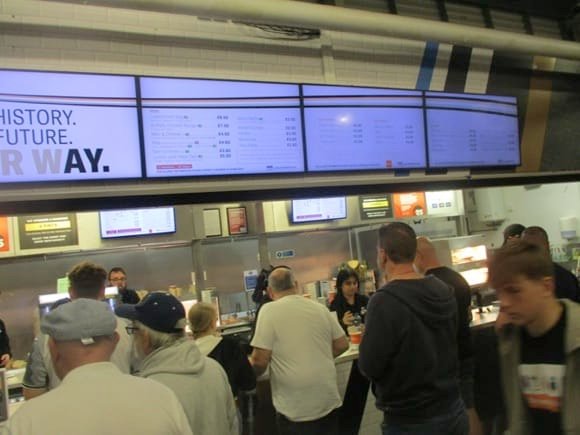
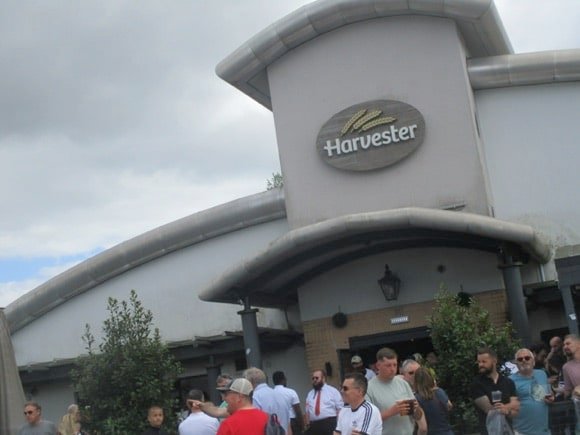
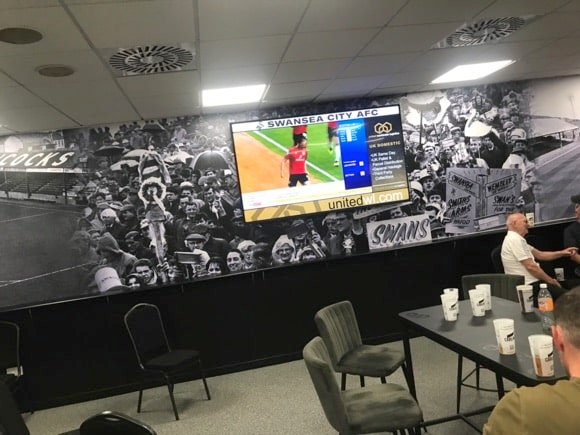
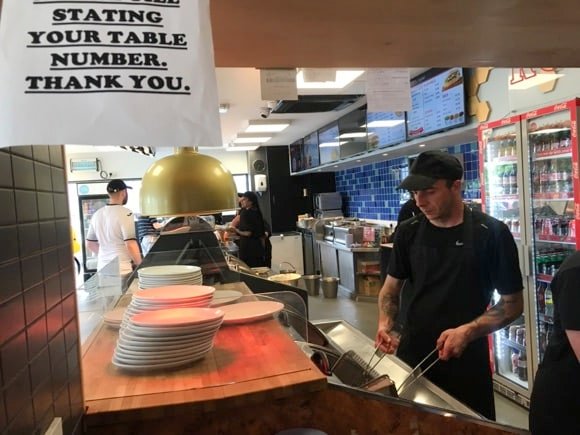
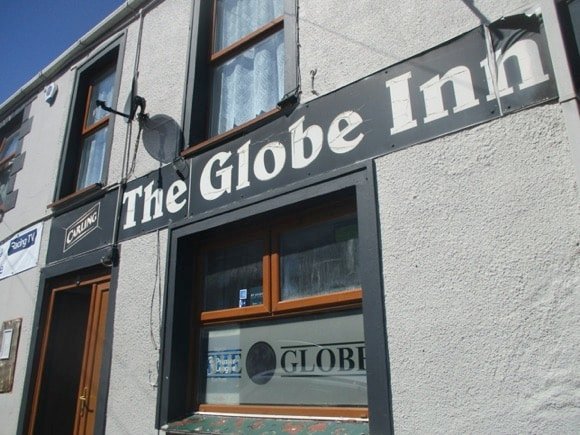


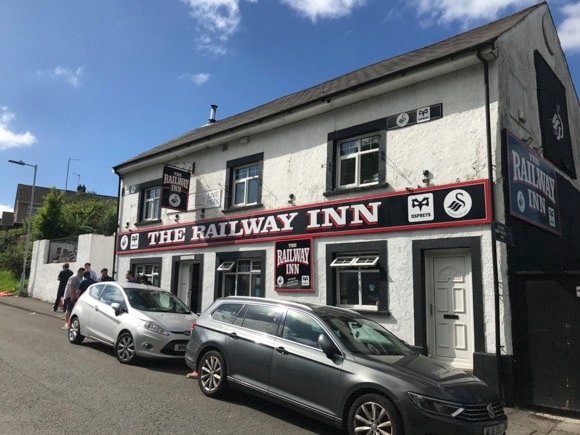
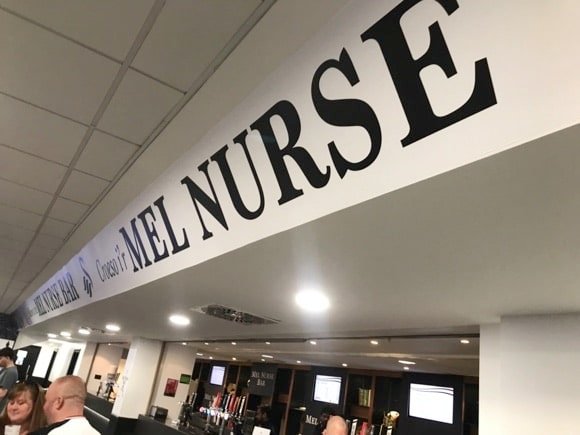
The few bars around the stadium are specifically home fans and neutrals only. Up Station Road into Mysydd Road, The Globe serves the community with reggae nights, kids’ parties and TV matches. Further down the hill towards the stadium, the Station Inn at the junction of Hamilton Street can get pretty lively pre-match.
The liveliest of all, though, is the Railway Inn on Siloh Road, a stalwart Swansea haunt, decked out with memorabilia and three deep at the bar on match days. Close by, facing the stadium on Neath Road, stands one of the best chippies in the game, Rossi’s Original, where you can sit down to a meal or take away your packet of prime chips.
Sensible away fans without colours, especially those with kids in tow, should make for the Harvester chain restaurant right by the stadium, opposite the club shop. The usual grilled favourites come with BrewDog, Peroni or Sharp’s Doom Bar by the bottle. Chips, snacks and beer are also sold inside the ground.
After the game, when the door policy is usually more relaxed, it’s worth popping into the excellent Mel Nurse Bar in the East Stand. Named in honour of the stalwart left-back who also served the club as a director, stepping in as Swansea faced oblivion in the early 2000s, this spacious sports pub screens the action unfolding of a Saturday amid a pictorial history of the Swans.
Older Swansea fans would remember sinking a few pints in the Mel Nurse Bar in the North Bank at the Vetch Field – the former Riverside Lounge now bears not only its name but a sign modelled on the revered original match-day haunt.


